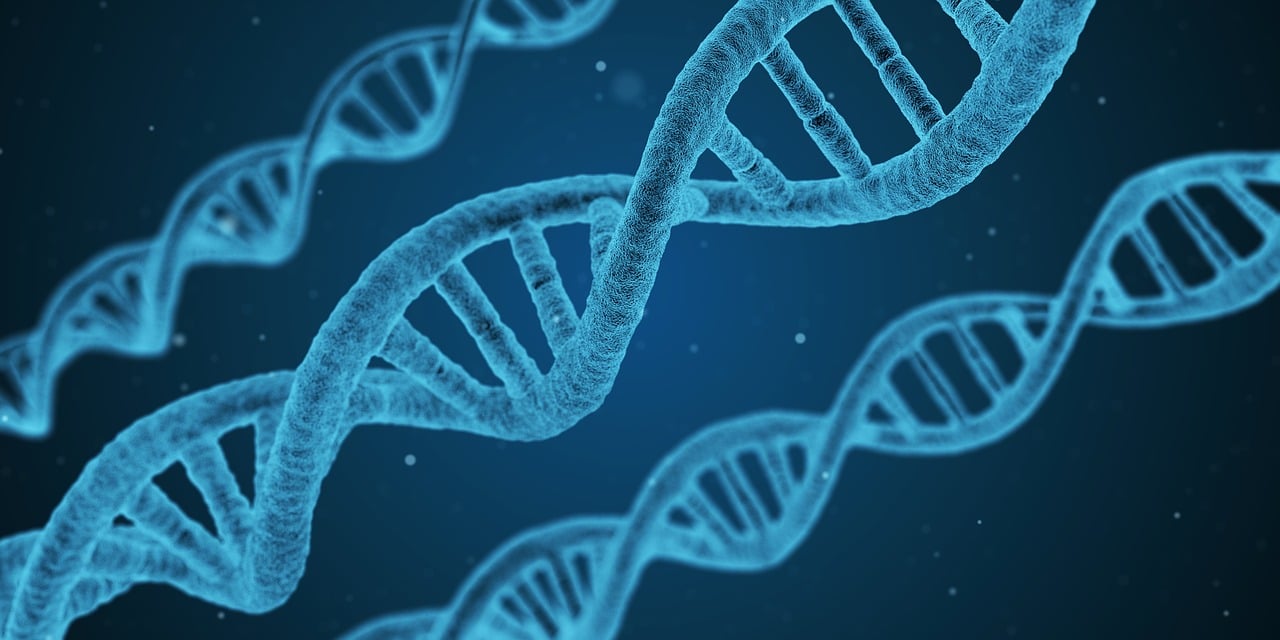Researchers at UC Irvine uncover a groundbreaking mechanism by which damaged DNA activates immune responses, paving the way for personalized cancer therapies.
Key Points at a Glance
- New Pathway Identified: DNA damage triggers the release of IL-1α protein, which activates inflammatory responses in neighboring cells.
- Role of IRAK1 Enzyme: This enzyme plays a crucial role in sending immune signals after DNA damage.
- Advanced Imaging Breakthrough: Single-cell imaging helped map the precise immune response to DNA damage.
- Personalized Therapies: Insights into protein variations across cancer types may lead to tailored treatments with fewer side effects.
- Future Research: Findings will be tested in animal models to further validate the mechanism and potential applications.
A team of researchers from the University of California, Irvine has made a significant breakthrough in understanding how damaged DNA triggers immune responses within the body. Published in Nature Structural & Molecular Biology, the study identifies a new mechanism involving the IL-1α protein and the IRAK1 enzyme, which could lead to more effective cancer therapies by tailoring treatments to individual patient profiles.
For years, scientists have known that severe DNA damage activates the ATM enzyme, which triggers an inflammatory response through NF-κB proteins. This new research expands that understanding, showing that DNA damage from sources like UV radiation or chemotherapy drugs prompts cells to release IL-1α protein. Instead of acting on the damaged cell itself, IL-1α travels to neighboring cells, initiating an immune response by activating the IRAK1 enzyme.
This discovery highlights a critical, previously unrecognized step in cellular communication and immune response.
According to Rémi Buisson, lead researcher and associate professor of biological chemistry at UC Irvine, the findings are especially relevant for cancer treatment. “Understanding how different cancer cells react to DNA damage could lead to therapies that are not only more effective but also minimize side effects,” he explained.
Chemotherapy drugs like actinomycin D and camptothecin cause DNA damage as part of their cancer-fighting action. However, the response varies widely among cancer types due to differing levels of IL-1α and IRAK1 proteins. Personalized therapies could emerge by assessing these protein levels in patients before treatment, offering a path to optimized, patient-specific cancer care.
The UC Irvine team used advanced imaging techniques to study NF-κB regulation at the single-cell level. This approach allowed them to precisely observe the immune signaling process initiated by damaged DNA. Such detailed insights provide a clearer picture of cellular behavior under stress and offer new targets for therapeutic intervention.
The study’s next phase involves testing these findings on animal models lacking specific factors in the newly identified pathway. If successful, this could confirm the mechanism’s role in real-world biological systems and accelerate the development of targeted therapies.
Buisson and his team are optimistic that this discovery will reshape how cancer treatments are developed, moving toward an era where therapies are as unique as the patients they serve.
